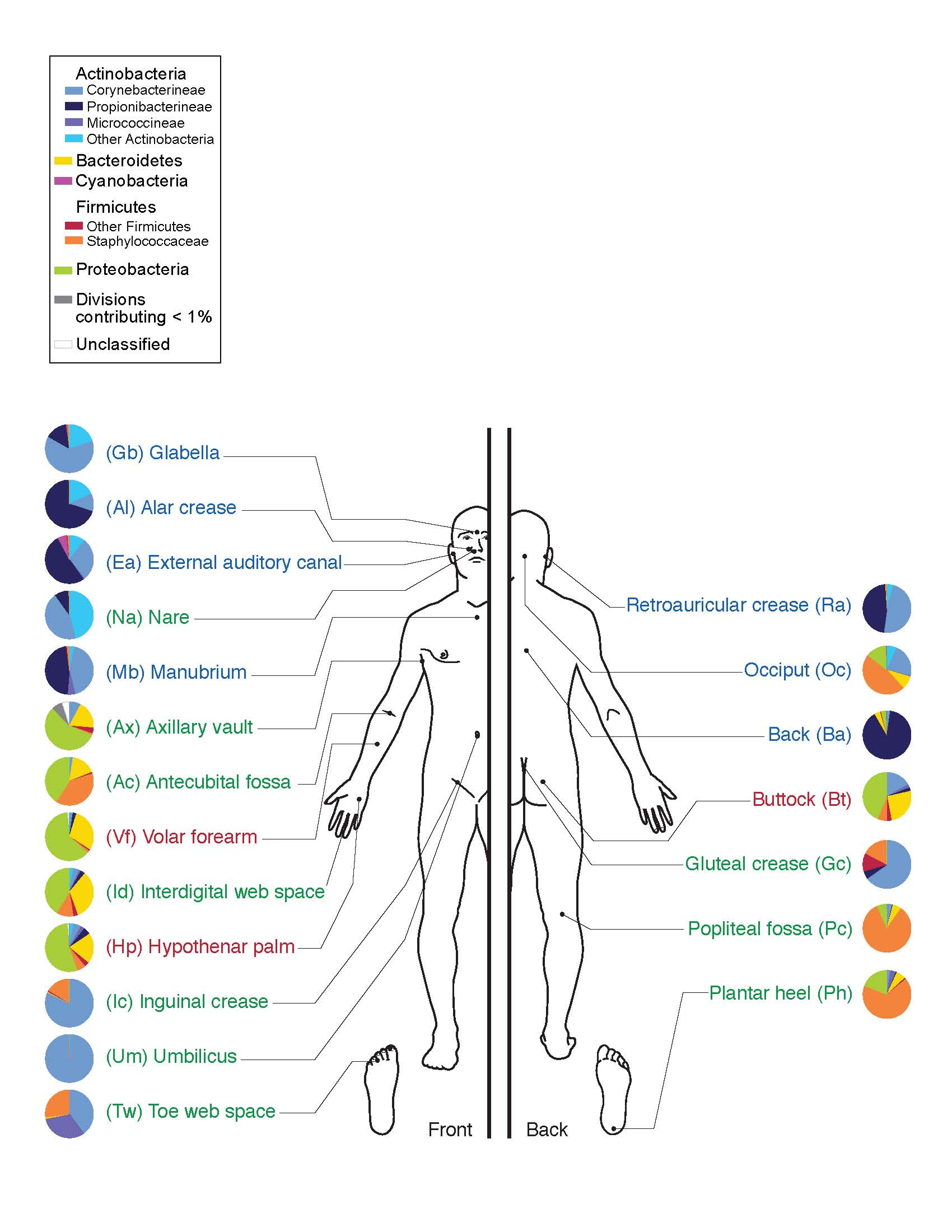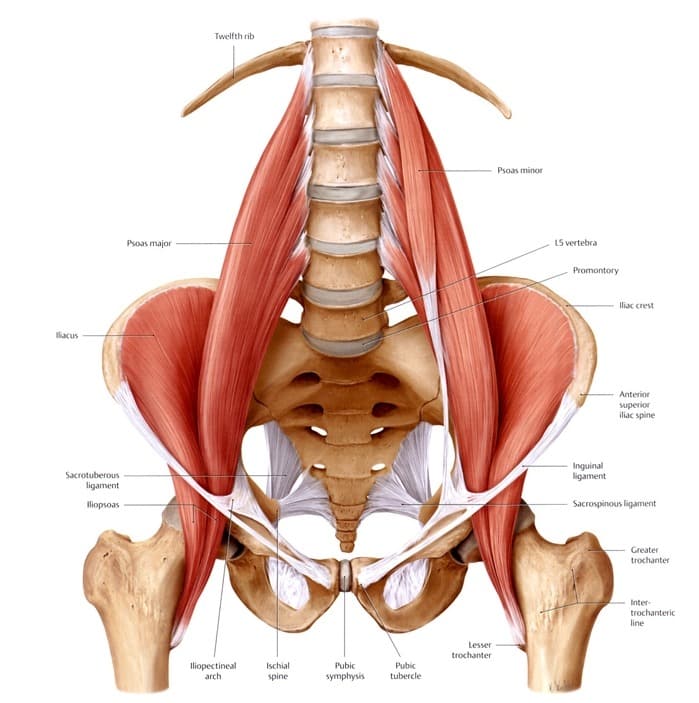Ujjayi Breathing – The Victorious Yogic Breath
The “Victorious” Breath That changes in respiration that occur during a yoga practice might be the greatest benefit of yoga. Deep breathing using a technique such as the Ujjayi breathing technique can relieve stress and toxicity from the heart and the entire circulatory system. Ujjayi breathing specifically relaxes the body through diaphragmatic breathing meaning that air … Read more


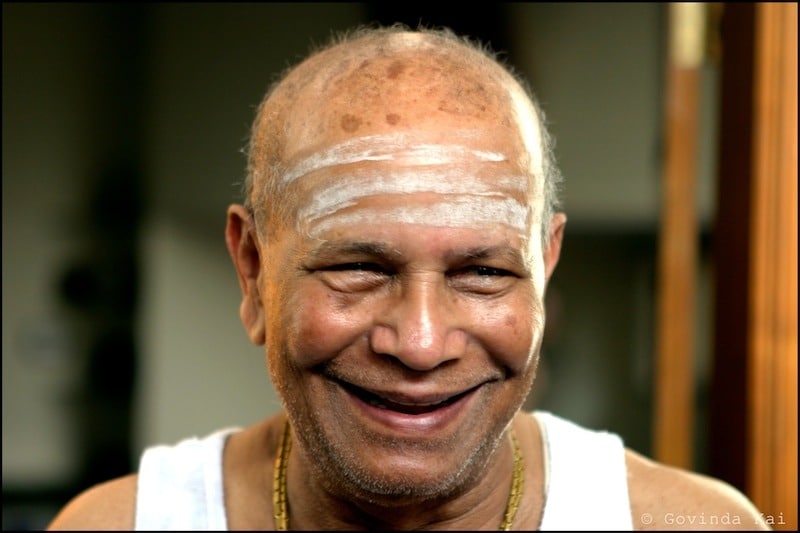
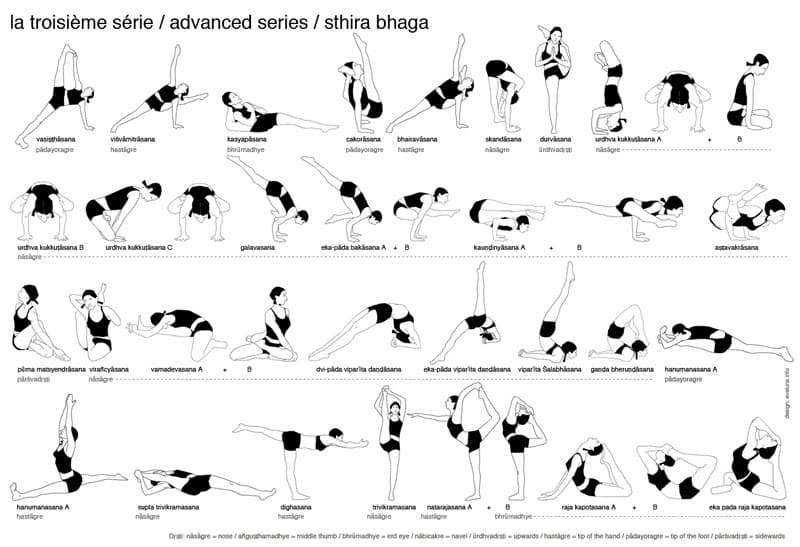
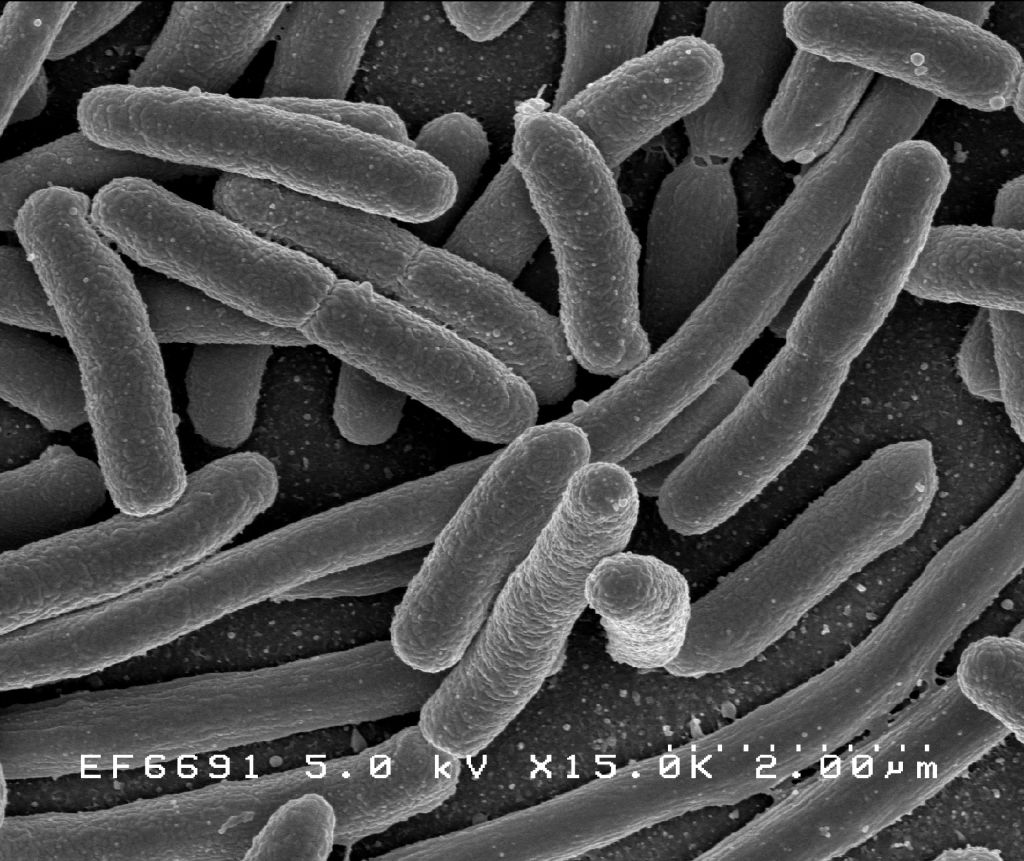

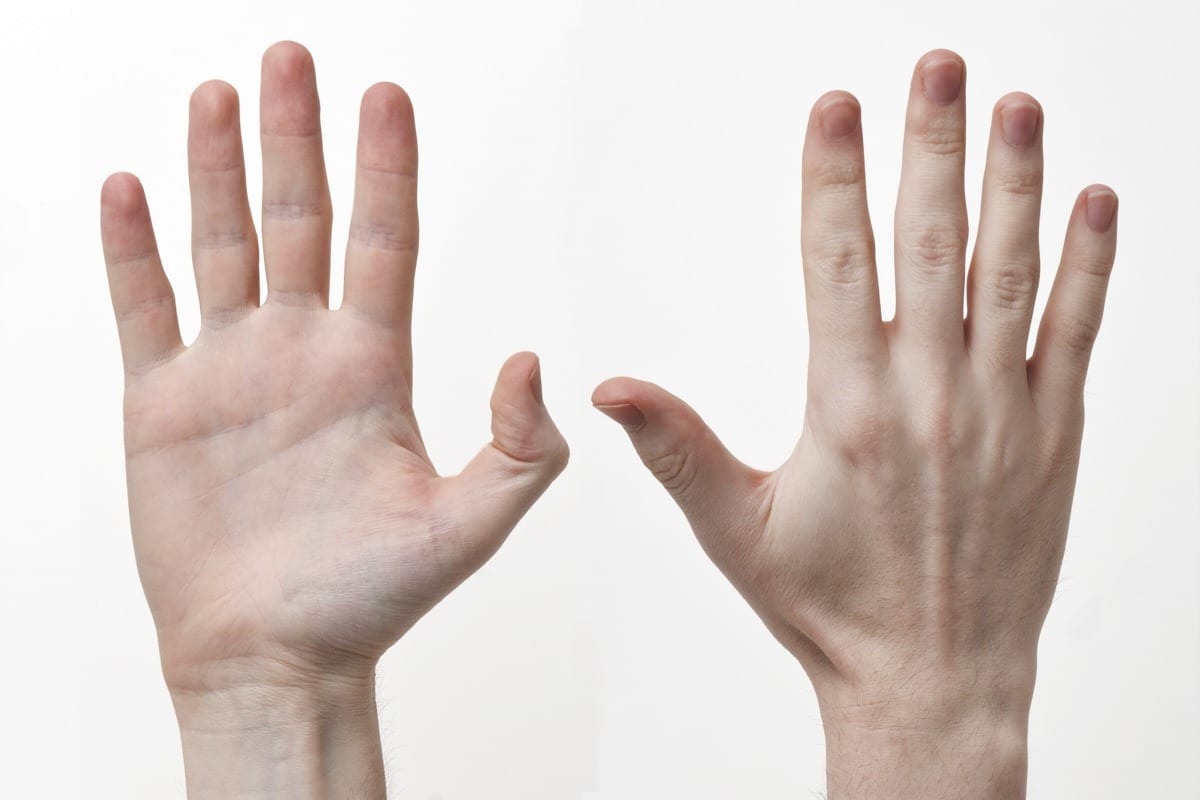
![By Photo Credit: Janice Carr Content Providers(s): CDC/ Segrid McAllister [Public domain], via Wikimedia Commons](https://elliottelford.com/wp-content/uploads/2015/05/epidermis_microbiota.png)
